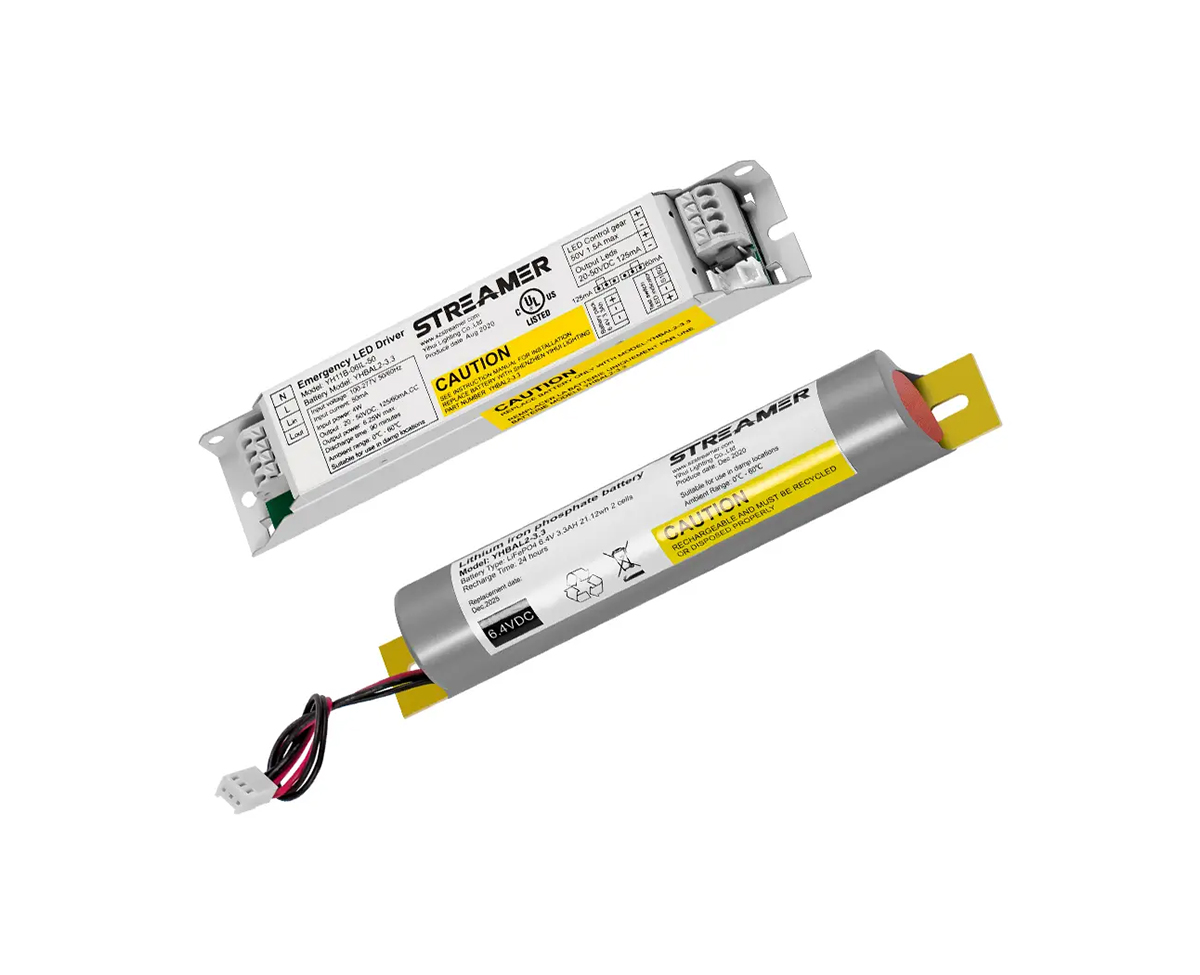 1
1
 Mar 03, 2025
Mar 03, 2025

Torsion can pose a threat to the integrity and proper functioning of LED emergency drivers. Preventing torsion is essential to ensure their long - term reliability.
Mounting and Installation Design
The mounting and installation design of LED emergency drivers is a key factor in preventing torsion. Drivers are typically designed to be mounted in a way that restricts rotational movement. Mounting holes are positioned in a way that when the driver is attached to a surface, it is held firmly in place and cannot twist easily. Some drivers come with special mounting brackets or fixtures that are designed to prevent torsion. These brackets are often designed with anti - rotation features, such as keyways or tabs that fit into corresponding slots on the mounting surface. During installation, it is crucial to follow the manufacturer's instructions carefully to ensure proper alignment and secure mounting. Using the correct fasteners, such as bolts or screws of the appropriate size and type, also helps in preventing the driver from twisting.
Internal Component Fixation
Inside the LED emergency driver, the components are fixed in a way that resists torsion. Circuit boards are securely mounted to the housing using standoffs or other mechanical fasteners. These fasteners are designed to hold the circuit board in place and prevent it from rotating within the housing. Components on the circuit board are also soldered or mounted in a way that can withstand torsional forces. For example, larger components may be anchored to the circuit board using additional support structures or adhesive materials. This ensures that even if the driver is subjected to some degree of torsion, the components remain in their proper positions and the electrical connections are not disrupted.
Material and Construction Considerations
The materials used in the construction of LED emergency drivers contribute to their ability to resist torsion. The housing material should have sufficient stiffness to resist torsional deformation. Rigid plastics or metal alloys are often used for this purpose. Metal - alloy housings, such as those made of magnesium alloy, offer high stiffness and can effectively resist torsion. The internal components, such as the transformer and capacitors, are also constructed in a way that they can withstand torsional forces. For example, the windings of the transformer are wound tightly and secured to prevent them from shifting under torsion. By considering these material and construction factors, manufacturers can design LED emergency drivers that are highly resistant to torsion.